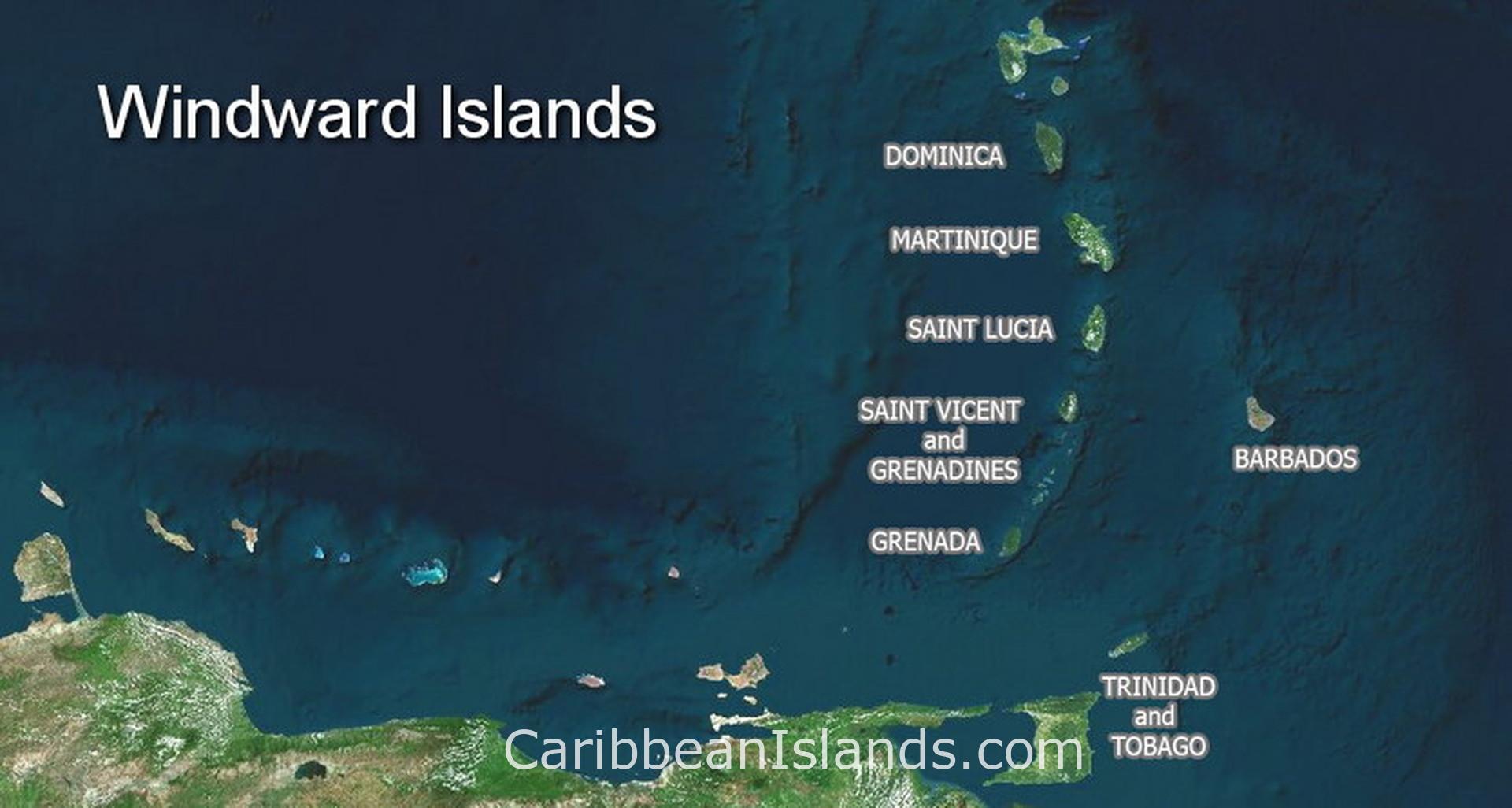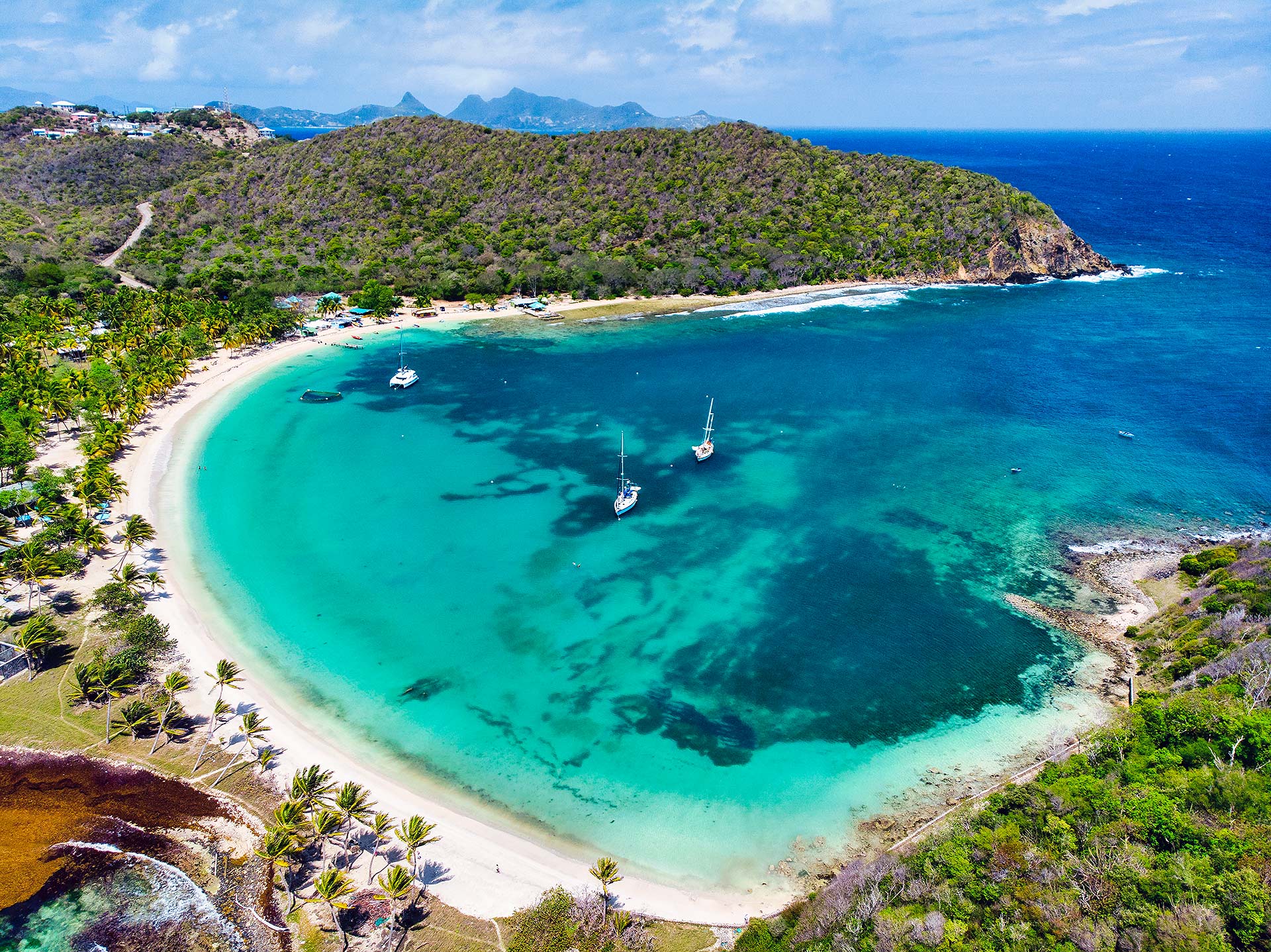Historical Significance: Windward Islands
:max_bytes(150000):strip_icc()/aerial-shot-of-cruz-bay-st-john-in-us-virgin-islands-165581255-58dea04e3df78c5162cf9584.jpg)
The Windward Islands, a captivating archipelago in the Caribbean, hold immense historical significance that has shaped the region and beyond.
Di Windward Islands is a chain a islands wey dey lie in di Lesser Antilles. Barbados is one a di islands in di Windward Islands. Barbados don suffer plenty hurricanes over di years, including di Barbados Hurricane of 1780, wey kill over 4,000 people.
Despite di hurricanes, di Windward Islands remain a popular tourist destination, with beautiful beaches, lush rainforests, and friendly people.
Long before European arrival, the islands were inhabited by indigenous Kalinago and Taíno peoples, who thrived on the islands’ abundant resources. Their legacy is evident in archaeological sites and cultural traditions that continue to this day.
European Colonization
In the 15th century, European powers, particularly Spain and France, began colonizing the Windward Islands, establishing plantations and exploiting the islands’ natural resources. This era marked a period of significant social and economic transformation, with the introduction of sugar cultivation and the forced labor of enslaved Africans.
Windward Islands de na beautiful chain of islands in de Caribbean Sea. Dem islands get lush vegetation, white-sand beaches, and crystal-clear waters. One of de most popular islands in de Windward Islands is Barbados. Barbados is famous for its stunning beaches, its vibrant culture, and its rich history.
In 2024, Barbados was hit by Hurricane Beryl. Beryl Barbados was a Category 4 hurricane that caused widespread damage to de island. Despite de damage, Barbados has quickly rebuilt and is now once again a popular tourist destination. De Windward Islands are a beautiful and diverse region with something to offer everyone.
Whether you’re looking for a relaxing beach vacation or an adventurous exploration, de Windward Islands have it all.
The Slave Trade
The Windward Islands played a pivotal role in the transatlantic slave trade, serving as major hubs for the trafficking of enslaved Africans to plantations throughout the Caribbean and beyond. The islands’ strategic location and deep-water harbors facilitated the transportation of human cargo, leaving a lasting legacy of suffering and resistance.
Impact on Regional and Global History
The Windward Islands’ historical significance extends far beyond their shores. The islands’ role in the slave trade and plantation economy contributed to the development of capitalism and the global economy. Moreover, the islands’ rich cultural heritage, a blend of indigenous, European, and African influences, has influenced art, music, and literature throughout the Caribbean and beyond.
Geographical Features and Climate

The Windward Islands are a chain of islands located in the Caribbean Sea, stretching from Dominica in the north to Grenada in the south. The islands are characterized by their mountainous terrain, lush vegetation, and tropical climate.
The Windward Islands are known for their beautiful beaches, coral reefs, and rainforests. The islands are also home to a variety of wildlife, including monkeys, parrots, and hummingbirds.
Topography, Windward islands
- The Windward Islands are characterized by their mountainous terrain. The highest peak in the islands is Mount Diablotin in Dominica, which rises to 4,747 feet (1,447 meters).
- The islands are also home to a number of active volcanoes, including Soufriere Hills in Montserrat and Kick ’em Jenny in Grenada.
Climate
- The Windward Islands have a tropical climate, with average temperatures ranging from 75 to 85 degrees Fahrenheit (24 to 29 degrees Celsius) throughout the year.
- The islands receive an average of 60 to 80 inches (152 to 203 centimeters) of rainfall per year, with most of the rain falling during the wet season from June to November.
- The Windward Islands are also located in the hurricane belt, and the islands are frequently hit by hurricanes during the hurricane season from June to November.
Environmental Challenges and Opportunities
The Windward Islands face a number of environmental challenges, including:
- Deforestation: The Windward Islands have lost a significant amount of their forest cover due to logging, agriculture, and development.
- Erosion: The Windward Islands are vulnerable to erosion due to their steep slopes and heavy rainfall.
- Climate change: The Windward Islands are already experiencing the effects of climate change, including rising sea levels, more frequent and intense hurricanes, and changes in rainfall patterns.
The Windward Islands also have a number of environmental opportunities, including:
- Renewable energy: The Windward Islands have the potential to generate a significant amount of renewable energy from solar, wind, and geothermal sources.
- Ecotourism: The Windward Islands have a number of natural attractions that can be used to develop ecotourism opportunities.
- Agriculture: The Windward Islands have a number of agricultural resources that can be used to develop sustainable agricultural practices.
Economic and Cultural Diversity

The Windward Islands boast a diverse economic landscape, driven by tourism, agriculture, and fishing. These industries contribute significantly to the islands’ GDP and employment.
Tourism is a major economic pillar, with visitors drawn to the islands’ pristine beaches, lush rainforests, and vibrant cultures. The islands offer a range of tourist attractions, including luxury resorts, adventure activities, and historical sites.
Agriculture
Agriculture plays a vital role in the Windward Islands’ economy. The islands produce a variety of crops, including bananas, coconuts, nutmeg, and cocoa. These crops are exported to regional and international markets, providing income and employment for local farmers.
Fishing
Fishing is another important economic activity in the Windward Islands. The islands’ coastal waters are rich in fish, including tuna, marlin, and kingfish. Fishing provides a livelihood for many coastal communities and contributes to the local food supply.
The Windward Islands are home to a diverse population, reflecting the islands’ rich history and cultural influences. The islands have been shaped by the arrival of indigenous peoples, European colonizers, and African slaves. This diverse heritage has resulted in a unique blend of cultures, languages, and traditions.
The islands’ cultural diversity is reflected in their music, dance, and cuisine. Traditional art forms, such as woodcarving and pottery, are still practiced and celebrated. The islands also have a vibrant literary and artistic scene, with many renowned writers and artists.
Challenges and Opportunities
The Windward Islands face a number of challenges to sustainable economic and cultural development. These challenges include climate change, environmental degradation, and limited infrastructure. However, the islands also have significant opportunities for growth.
The islands’ natural beauty and cultural heritage provide opportunities for sustainable tourism development. By promoting responsible tourism practices, the islands can protect their environment while creating economic benefits for local communities.
Agriculture and fishing also offer opportunities for sustainable development. By adopting sustainable farming and fishing practices, the islands can increase their productivity and reduce their environmental impact.
The Windward Islands have a rich and diverse culture that can be a source of pride and inspiration. By preserving and promoting their cultural heritage, the islands can strengthen their identity and foster social cohesion.